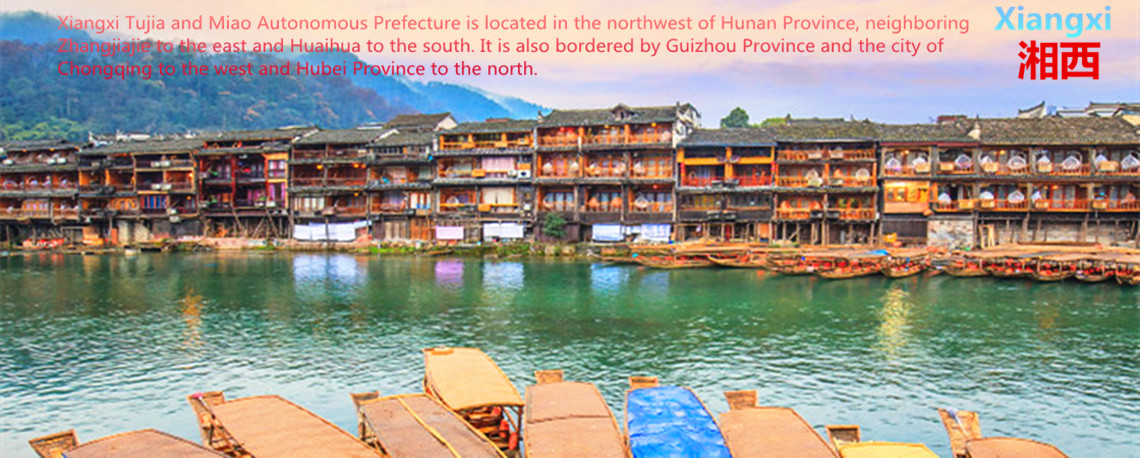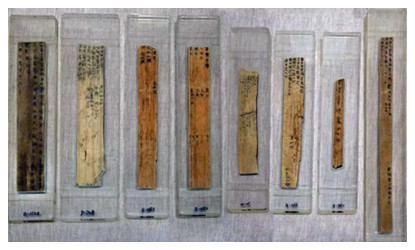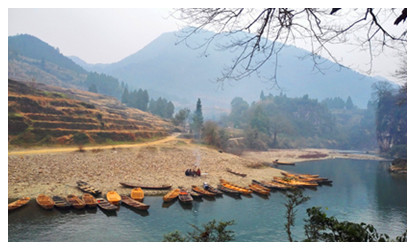Skype: neodalle-travel
Tel: +86 135 7447 2266
E-mail: sales@visitaroundchina.com

With a long history, human beings lived in Xiangxi area can be traced back to tens thousands of years ago. The ancient Miao people lived in the area after their ancestor Chi You led his people to fight failure with the Yanhuang tribe, and moved to live in today's Xiangxi area in west Hunan Province. Here we introduce Xiangxi History so that you know more about Xiangxi.
Xiangxi History in Ancient Times
 During the Warring States Period (476BC-221BC), the area of Xiangxi belonged to Chu State.
During the Warring States Period (476BC-221BC), the area of Xiangxi belonged to Chu State.
In the Qin Dynasty, Xiangxi belonged to Qianzhong Prefecture after the establishment of the Qin Dynasty in 221 BC.
In the Han Dynasty (208BC-220AD), Xiangxi belonged to Wuling Prefecture which was renamed after Qianzhong Prefecture.
During the Three Kingdoms Period, Xiangxi became under the control of the Shu Kingdom founded by Liu Bei after the collapse of the Han dynasty.
In the Jin Dynasty, Xiangxi area was called Wuling Prefecture.
In the Sui & Tang Dynasty, Xiangxi belonged to Qianzhong Road.
 In the Song Dynasty, Xiangxi area was divided into two parts belonged to Chenzhou Prefecture and Lizhou Prefecture under under the control of Jinghu North Road of the Song Dynasty central government.
In the Song Dynasty, Xiangxi area was divided into two parts belonged to Chenzhou Prefecture and Lizhou Prefecture under under the control of Jinghu North Road of the Song Dynasty central government.
In the Yuan Dynasty, Xiangxi area was divided into five parts, such as Enzhou Xuanwei Division,Lizhou Road and Chengzhou Road which belonged to Huguang Province, but Yongshun Xuanwei Division and Geman Xuanfu Division belonged to Sichuan Province.
In the Ming Dynasty(1358-1644), Xiangxi area belonged to Yongshun Xuanwei Division and Baojing Xuanwei Division, But the rest area of Xiangxi belonged to Yuezhou and Chengzhou Prefectures.
In the Qing Dynasty(1645-1911), Yongshun, Fenghuang,Qianzhou,Yongsui Mansions were set up in Xiangxia area, and the northeast part of Xiangxi belonged to Lizhou Prefecture.
 In 1949, after establishment of the people's Republic of China in 1949, Xiangxi area was called Yongshun Prefecture with jurisdiction over 6 counties including Yongshun, Longshan, Dayong, Baojing, Sangzhi, and Guzhang.
In 1949, after establishment of the people's Republic of China in 1949, Xiangxi area was called Yongshun Prefecture with jurisdiction over 6 counties including Yongshun, Longshan, Dayong, Baojing, Sangzhi, and Guzhang. Ask Questions ?
Ask Questions ?